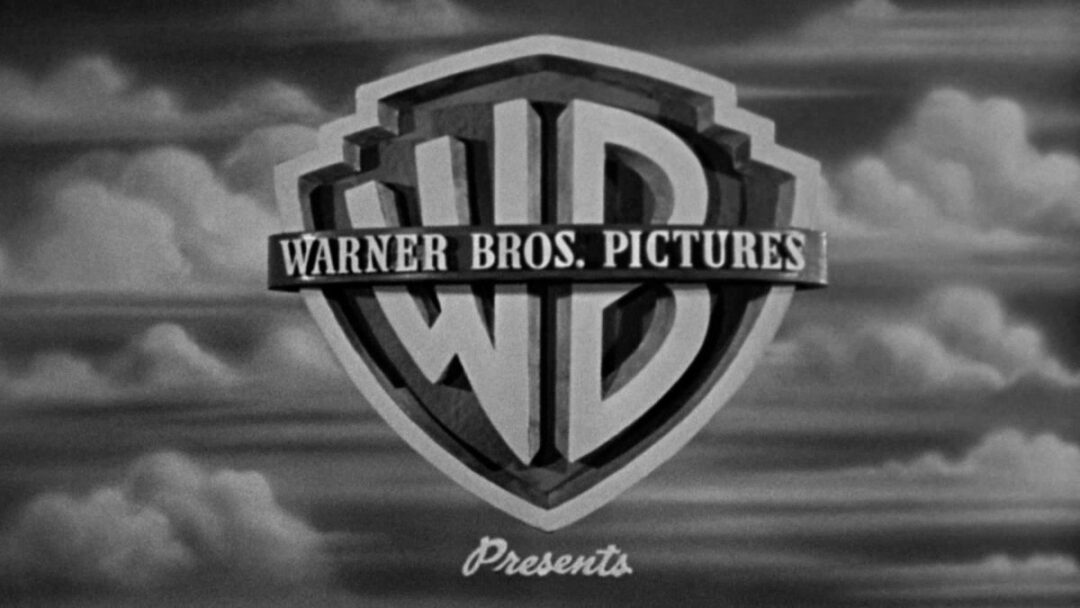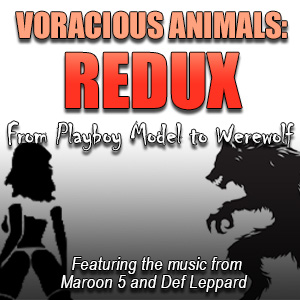Hollywood History returns from our archives here at Last Movie Outpost. Today we look back at the history of one of the cornerstones of the entertainment industry – Warner Bros.
The Burbank Behemoth
Today we know it as one of the big boys. A super-globo-mega-corp-conglomorate, standing astride the entertainment landscape like a colossus. From their glittering headquarters complex in Burbank, California, they seemingly rule a huge chunk of the entertainment world, from the DC Comics extended universe through to old favorites like Loony Tunes. Their mascot Bugs Bunny perhaps rivals Mickey Mouse for recognition.
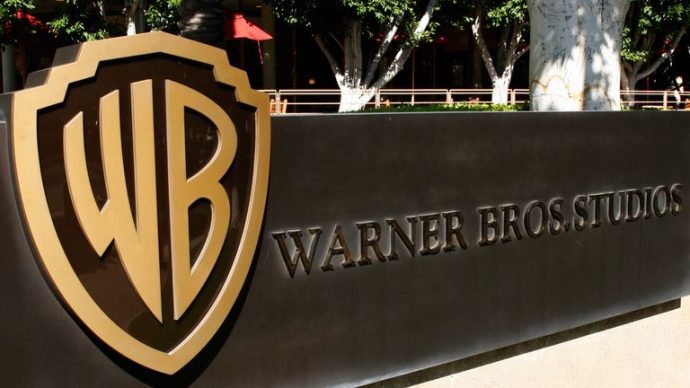
In reality, in the big, bad world of Corporate behemoths, they were until quite recently actually a subsidiary of AT&T – the WarnerMedia Studios & Networks division before they were eventually sold to Discovery to create Warner Bros. Discovery.
With fingers in animation, television, video games, publishing, merchandising, music, theater, and theme parks, one of the “Big Five” major studios and a full member of the Motion Picture Association nobody can doubt their size, reach and influence.
But how the hell did they get here?
Meet The Warner Brothers…
Harry, Albert, and Sam came to the USA as young children in the fall of 1889. Like so many before them, they were Polish immigrants from Krasnosielc which was part of the Russian Empire. They settled in Baltimore, Maryland. During a brief period in Ontario, Canada, they were joined by a new addition to the family, youngest brother Jack.
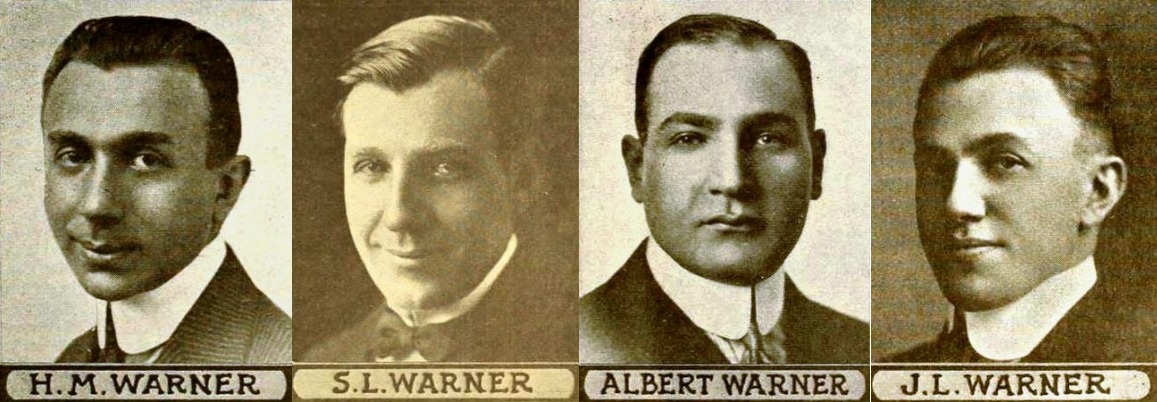
As was common at the time, the three older brothers replaced their Yiddish names with Western versions. Szmuel Wonsal became Samuel Warner, Hirsz Wonsal became Harry Warner, and Aaron Wonsal became Albert Warner.
In a new country, with not much in the way of welfare available, the rules were simple. You worked to survive. They acquired a movie projector and traveled to the mining towns of Pennsylvania and Ohio showing their “Flickers”.
Sam and Albert Warner invested $150 to gain the rights to exhibit Life of an American Fireman and The Great Train Robbery. These were a great success. When they heard that the Cascade Theater in New Castle, Pennsylvania was due to be demolished they began a campaign to save it for historical significance. They bought the theater in 1903 with their profits and that was it. The Warner Brothers were off and running.
They entered the distribution business with the founding of the Duquesne Amusement & Supply Company and from there it was a short jump to producing films of their own.

By the start of World War I, they were fully set up in the movie business and they followed the crowd searching the Southern Californian desert for cheap studio space. As we explained in our Hollywood History article on the studio system, conditions down there were ideal.
In 1918, the Warner Bros. studio on Sunset Blvd opened in Hollywood and they released their first nationally syndicated film, My Four Years in Germany. They acquired the rights to the Broadway play The Gold Diggers from David Belasco. On April 4, 1923, Warner Brother Pictures, Inc. was formally incorporated in Los Angeles.
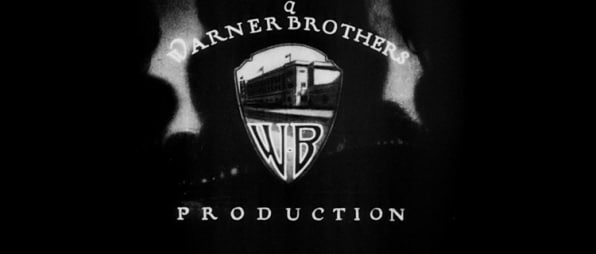
The star that would really send them into the stratosphere did not, however, have two legs. Brought home from World War I by an American soldier from Northern France, this star had four legs.
Rin Tin Tin And Beyond
Rin Tin Tin made his debut in the feature Where the North Begins in 1923. The movie was a smash. Jack Warner knew he had a box-office draw on his hands so he signed the dog, via owner, ex-GI, Lee Duncan, for $1,000 per week. That is equivalent, in purchasing power, to around $16,000 today. These were simply staggering amounts of money and showed the level of success the Warner Brothers were having.
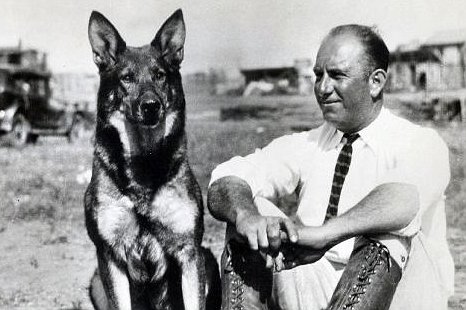
Rin Tin Tin also earned enough money to propel Darryl F. Zanuck from screenwriter to producer and studio executive. He would go on to The Longest Day, Planet Of The Apes, and The Sound Of Music, and his son would give the world Jaws and Cocoon, among others. All off the back of a dog.
The four-legged star power of Rin Tin Tin was finally matched at Warners when they offered Broadway actor John Barrymore the lead role in Beau Brummel (1924). This film was another smash-hit for them, so they offered Barrymore a long-term contract.
They were fast becoming the most successful independent studio and were starting to challenge “The Big Three” of MGM, First National, and Paramount Pictures.
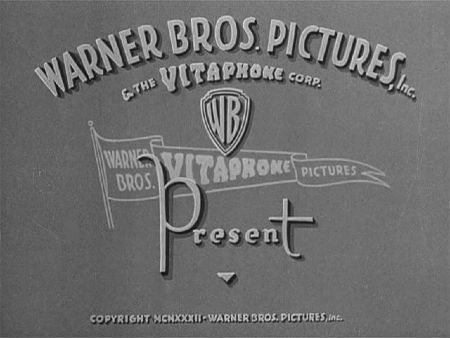
Sam Warner was always the technologist of the four, and in 1925 he convinced his brothers to add synchronized sound. Harry was initially skeptical, famously saying:
“Who the heck wants to hear actors talk?”
Eventually, he relented after they began to experience losses and Warner Brothers went on to be one of the pioneers of the “talkie” process. Their first major success in this area was Don Juan, the first feature-length film with synchronized Vitaphone sound effects and a musical soundtrack.
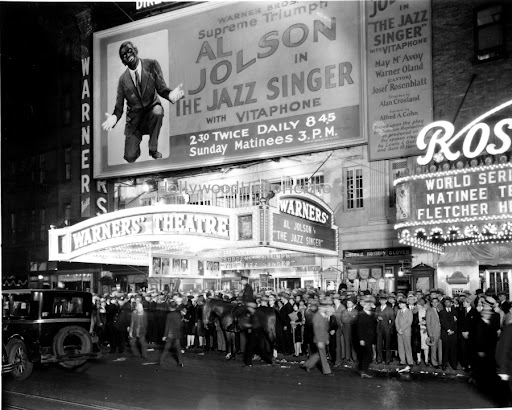
With a new passion for these “talkies”, they made The Jazz Singer, starring Al Jolson. This was their big moment. Their technology helped spell the end of silent movies and ushered in a golden age of movie-making. It also made the money flow again and they could afford to leave “Poverty Row”, where the independent studios were located and are now the location of Sunset Bronson Studios. They acquired land in Burbank and their new studio sprang from the ground.
They rode the Great Depression with On With The Show (1929) which was the first all-color production. The Gold Diggers of Broadway was so popular it played in theatres until 1939. After kick-starting the talkie revolution, they were major drivers of the color revolution too.
Loony Tunes
With color now ruling the roost, it was time for another high-impact entry from the Warner Brothers.
The independent Harman and Ising studio was set-up between 1930 and 1933 by Disney alumni Hugh Harman and Rudolf Ising. They produced musical cartoons for Leon Schlesinger who sold them on to the Warners.
Harman and Ising had created a character called Bosko in an earlier 1929 short called The Talk Ink Kid. He went on to star in the first Looney Tunes cartoon, Sinkin’ in the Bathtub.
A contractual dispute caused Harman and Ising to break away from Schlesinger, so they took Bosko with them to MGM leaving Schlesinger to start his own studio producing the Merrie Melodies brand, and he effectively cloned Bosko as Buddy to continue Loony Tunes.

A new Schlesinger production team was assembled in the run-up to, and over the course of, World War II. This included some now-famous names – Friz Freleng, Tex Avery, Frank Tashlin, Bob Clampett, Chuck Jones, and Robert McKimson.
In 1935, Avery directed Porky Pig cartoons that established the character as the studio’s first animated true star. Daffy Duck, Elmer Fudd, Bugs Bunny, and Tweety would follow, usually being introduced as guests or adversaries in each other’s cartoons.
By 1942 the Schlesinger studio had, unbelievably, overtaken Walt Disney Studios as the most successful producer of animated shorts. Take that, Mouse House!
It was not all plain sailing though. Warner Bros. bought Schlesinger’s cartoon unit in 1944 and renamed it Warner Bros. Cartoons. However, the internal snobbery at Warner Brothers meant that senior management thought the cartoons were beneath the studio, a poor step-child to the serious art of movie-making.
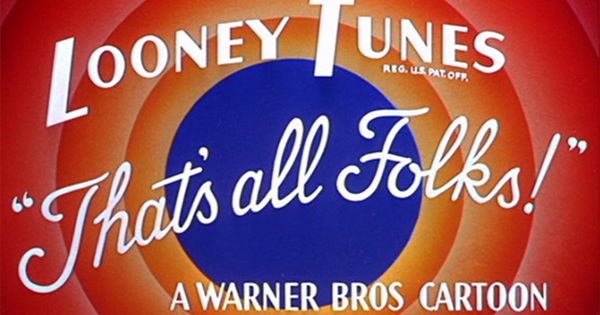
They put in senior producer Edward Selzer and soon the creatives came to despise him as an “interfering incompetent”. Jack Warner himself was so far removed from the animation division that he was convinced it was part of his company that made the Mickey Mouse shorts for rival Walt Disney Productions.
He eventually sold off vast swathes of the Loony Tunes library for $3,000 a unit. This was peanuts considering their true worth and an idiotic movie.
Warner Bros. not knowing anything about a property it owns and having absolutely no idea what to do with it? Interfering creatively with ignorant producers and running a property into the ground? That would never happen today, would it?
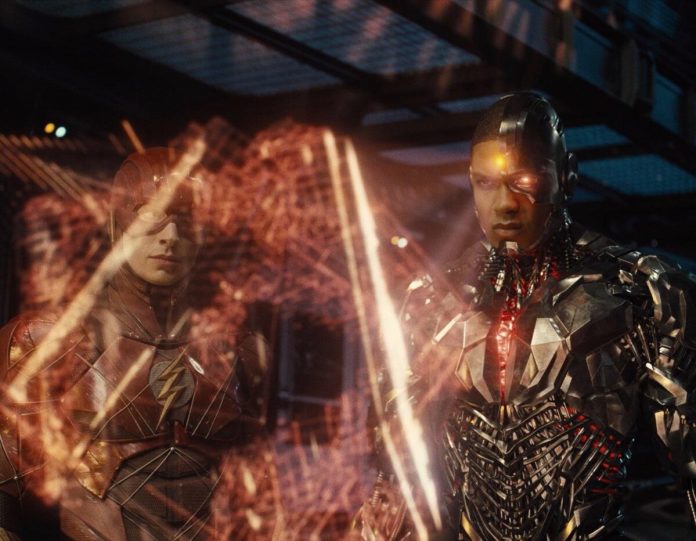
Wise Guys And Made Men
Hey, we touched on this, too, in our Hollywood History entry on Hollywood and the Mob! It’s like poetry, it rhymes! Anyway, with the inter-war world of real men taking hold, musicals were doomed to wither a die as they were, basically, a bit fruity. People wanted harder-edged entertainment. It was almost as if wars were causing America’s innocence to be lost and movies followed suit.
So Warner Bros. searched the headlines for more realistic stories for their movies. They settled on gangsters and Little Ceasar and The Public Enemy propelled them forward once more. They became known as the “gangster studio” and James Cagney became the studio’s new top star.
In 1933 they had capitalized on Franklin D. Roosevelt’s New Deal to stimulate the economy. Harry Warner brought newspaper tycoon William Randolph Hearst’s Cosmopolitan films into the Warner Bros. family.
Hearst had a mistress, Marion Davies, and was desperate to help her achieve box office success. Warner gave Davies a studio contract and in return, Hearst gave them significant funds that let them build a huge sound stage, Stage 16. This still stands, re-developed and re-equipped, today and has been the home of the T-Rex paddock in Jurassic Park.
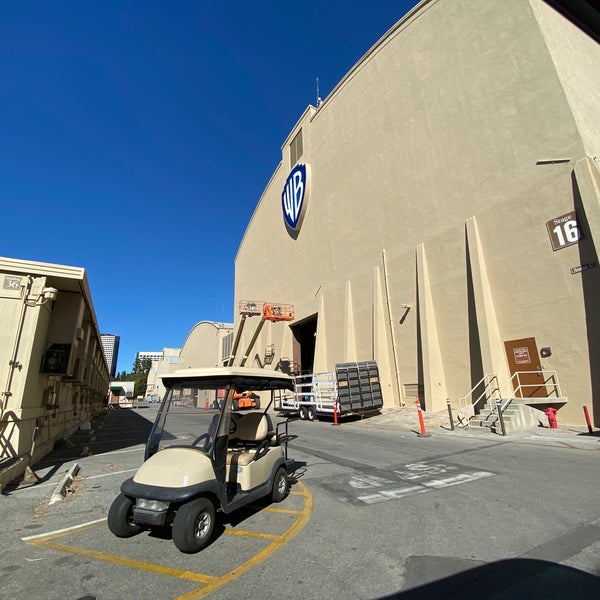
The studio was churning out movies at an incredible rate. However, with a focus on these harder-edged movies, they were about to run into trouble. A cloud was forming on the horizon in the shape of The Hays Code.
Moralizing censors, alarmed at the subject matter in a lot of entertainment, decided that America needed protecting from this filth. Warner Brothers responded with movies like The Petrified Forest.
However, the Hays Code was tightened and enforced, meaning they had to abandon their gangster output. They moved more towards historical epics and movies with a more moral core or those that presented an idealized view of America.
Bette Davis had a hate-hate relationship with Jack Warner but that didn’t stop her from becoming the studio’s top star at this time through movies such as Dark Victory, The Old Maid, The Private Lives of Elizabeth and Essex.
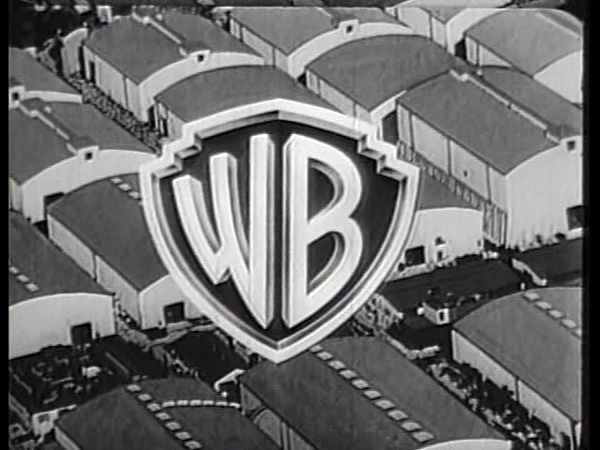
When war returned to America, Hollywood was ready to go. A useful propaganda tool to help the plucky GIs in their battle against the dastardly Nazis and the vicious Japs, Hollywood studios did their part. At the premiere of Yankee Doodle Dandy in 1942, the audience purchased $15.6 million in war bonds.
So successful was some of Warner’s output at supporting the war effort that the studio was honored by a Liberty Ship being named after the brothers’ father, Benjamin Warner. Think about modern Hollywood, with its endless moralizing and tin-eared adoption of whatever fashionable political fad is the flavor of the month, and you almost cannot imagine anything like this happening today.
When MGM released Joan Crawford in 1944, Jack Warner signed her up and revived her career with 1945’s Mildred Pierce, which earned her an Oscar for Best Actress. This made other stars sit up and take notice, with Warners getting a reputation as a good home for big stars.
Times Are Changing
World War II brought Warner’s record attendance and made them very profitable. Stars like Humphrey Bogart, Davis, and Crawford made the studio their home. Warner Bros. continued to create new stars, like Lauren Bacall and Doris Day. However other pressures were to come into play.
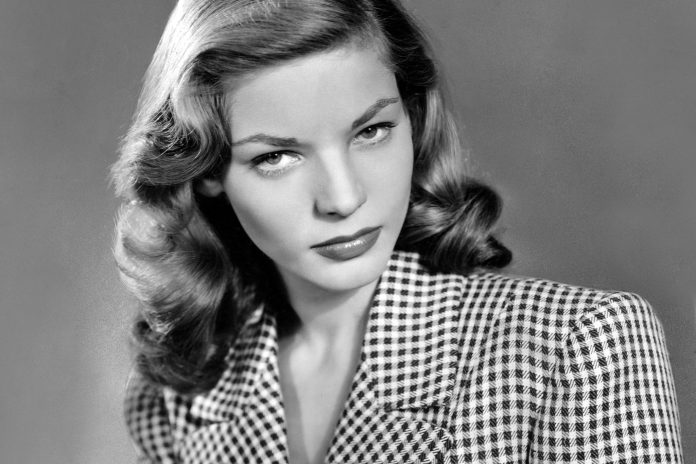
By 1946, company payroll reached $600,000 a week yet net profit still topped out annually at $19.4 million. This gulf between income and payout led the Screen Actors Guild to try and pressure Warner to up the salaries paid to stars. Jack Warner refused and in September 1946, employees engaged in a month-long strike.
A furious Warner came out swinging and during his 1947 testimony to Congress he accused multiple employees of ties to Communists. Bette Davis, their top actress, continued to be openly hostile with Jack Warner and she left the studio after completing the movie Beyond the Forest.
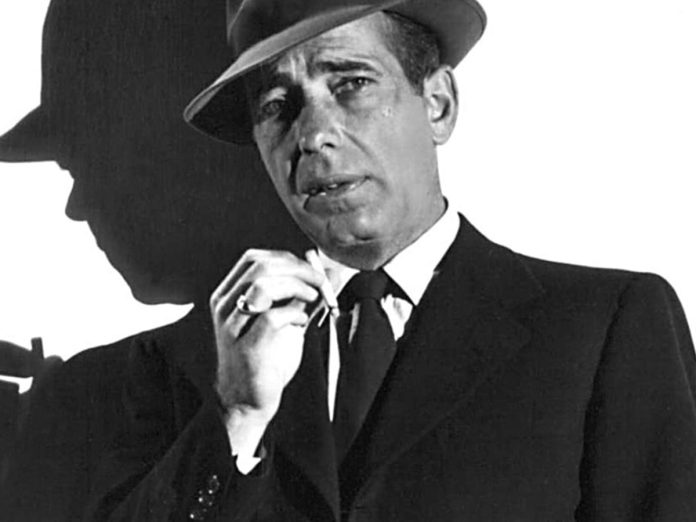
Warner was impacted by United States v. Paramount Pictures, Inc. antitrust case where the Justice Department and the Federal Trade Commission claimed the five integrated studio-theater chain combinations restrained competition. Warner and four other major studios were forced to separate production from exhibition and their net profit slumped to $10 million from a high of over $22 million.
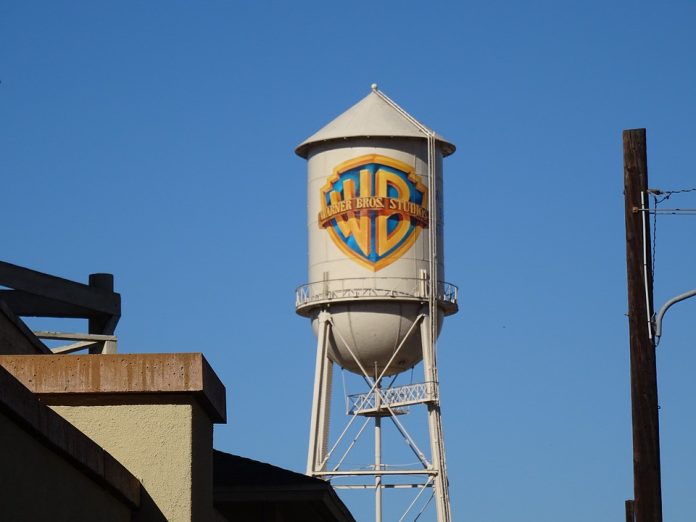
Warner Bros. fought fire with fire at this stage, driving forward and also rising to the developing threat of television by specializing in adaptations of popular plays such as The Bad Seed (1956), No Time for Sergeants (1958), and Gypsy (1962).
In 1962 Warner paid a world-record $5.5 million for the movie rights to the Broadway musical My Fair Lady. This in turn created Warner Bros. Records to sell the soundtracks and musical scores from these adaptions for a profit.
Another Broadway play adaptation, Who’s Afraid of Viriginia Woolf would go on to win them five Oscars, including Best Actress for Elizabeth Taylor.
However, in November 1966 Jack Warner could not continue. He sold his stake to Seven Arts Productions as his age advanced. Movie audiences were shrinking, but Warner Bros. was still the home of big stars, thinking they had drawing power.
As the studio system and players contracts were now a thing of the past they smartly entered into co-production deals with huge names like Paul Newman, Robert Redford, Barbara Streisand, and Clint Eastwood. They also brought DC into the fold, allowing them to build movies out of superhero characters.
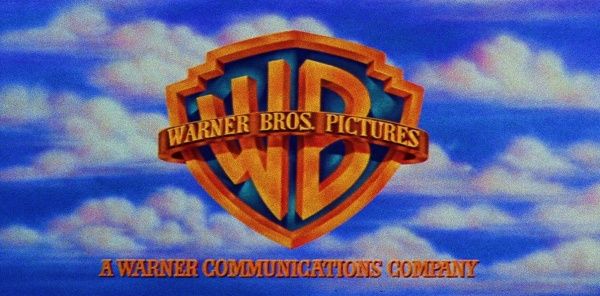
In the 70s and 80s, they once again became a studio known for quality, big movie-making. The Warner Bros shield in front of the movie meant that you may be about to see something of great scale.
The Modern, Modern Era
Cinema had ridden out many challenges in the past, from the silent era giving way to talkies, war, the Hays Code, anti-trust lawsuits, and the rise of television, but in the 1990s cinema began to show weakness in the face of quality issues developing at a lot of big studios.
Old-school creatives found Ivy League business graduates making decisions based on what the marketing department graphs told them. Four quadrant buzzwords dominated budget decisions and after a decade that had promised so much, the 1990s were in danger of starting the slide into the cinematic toilet.
Even the promising world of superheroes fell flat on its face, weighed down by rushed, generic, and unloved products.
Television, in a post-cable, pre-streaming world, began to rise and rise fast.
In 1995, Warner Bros. launched The WB Network, targeting the teen demographic. Buffy the Vampire Slayer, Smallville, Dawson’s Creek, and One Tree Hill became televisual; accompaniment to the 1990s and WB was behind it all. Once again Warner Bros. showed an uncanny ability to be right in the center of things, as it had with sound, color, and war movies. In 2006, Warner Bros. and CBS joined forces and launched The CW Television Network.
Meanwhile, cinema was awakening once more. The age of the mega-franchise was about to dawn.
In 2001, Warner Bros. managed to stand up to the cinematic might of Steven Spielberg and supported the creative choices of author JK Rowling to bring the world of Harry Potter to the big screen. Harry Potter went on to become the highest-grossing movie series of all time until Star Wars was reborn and the Marvel bandwagon hit top speed.

In 2009, Warner Bros. became the first studio in history to gross more than $2 billion domestically in a single year.
The studio remains diversified, leasing its various lots to fellow studios, television networks, and independent projects. HBO’s True Blood was actually filmed largely on the Warner Bros outdoor set at Burbank nicknamed “the jungle”. The New York streets, apartments, and coffee shops of Friends were also actually in California.
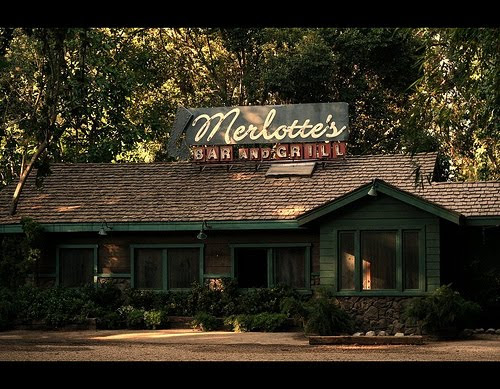
They run a two-and-a-half-hour VIP Studio Tour where you can walk from Main Street and New York to Central Perk from Friends, into an automobile museum with all of the Batmobiles to date alongside cars like Michael Caine’s Mini Cooper from Austin Powers: Goldmember.
Walk among the costumes of Hepburn and Taylor to find the original piano from Casablanca before finding an entire floor dedicated to costumes and props from Harry Potter. You are never far from Hollywood History whenever dealing with Warner Bros.

Today the Warner Bros. Pictures Group is now part of Warner Bros. Discovery. It includes Warner Bros. Pictures, New Line Cinema, the Warner Animation Group, Castle Rock Entertainment, and DC Films.
The parent division also owns the television production company Warner Bros. Television Studios; animation studios Warner Bros. Animation and Cartoon Network Studios; comic book publisher DC Comics; video game development and publishing arm Warner Bros. Interactive Entertainment; cable television channels Cartoon Network, Adult Swim, Boomerang, and Turner Classic Movies.
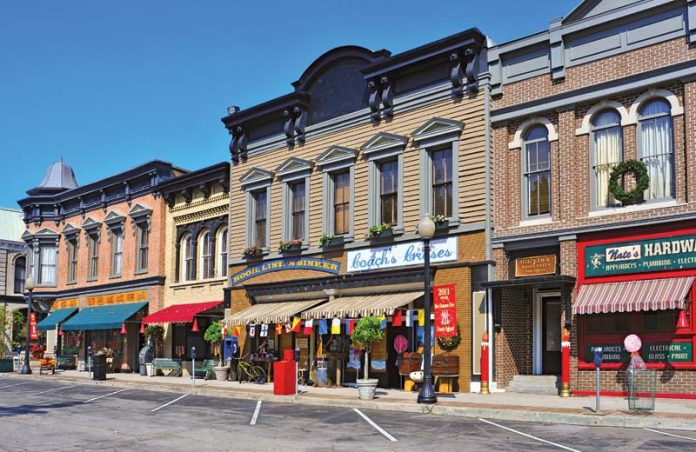
It had a 50% interest in the broadcast television network The CW, which was co-owned with ViacomCBS. As part of the Discovery merger, this was divested. Warner Bros. also operates various divisions specializing in publishing, merchandising, music, theater, and theme parks, having once owned Six Flags and now licensing content like Harry Potter for use at Universal parks.
Derided, mocked, and mismanaged Looney Tunes still provides the company with its official mascot of Bugs Bunny. It is almost like there is a lesson here when we consider the current state of DC under their control. Surely they must learn from their own illustrious history?
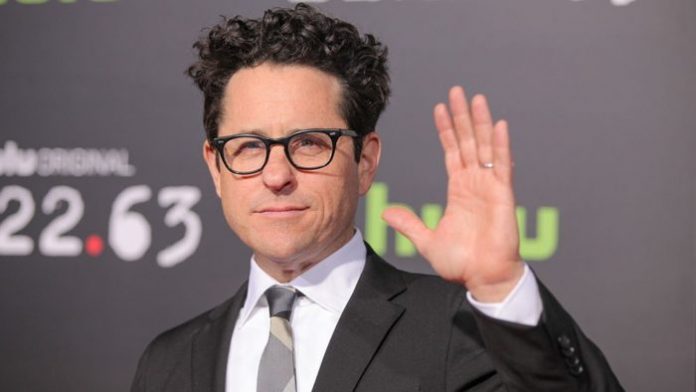
Oh…
Anyway, this year Warner Bros. celebrates its 98th birthday and shows no signs of slowing down. Sharing Burbank with Disney, it is no longer technically be within the city limits of Hollywood. The $43 billion de-merger from AT&T and merger with Discovery Networks has been completed.
What does the future hold for Warner Bros.? Inevitably, probably, at least another 98 years as long as it keeps adapting and innovating as it seemingly always has done.



